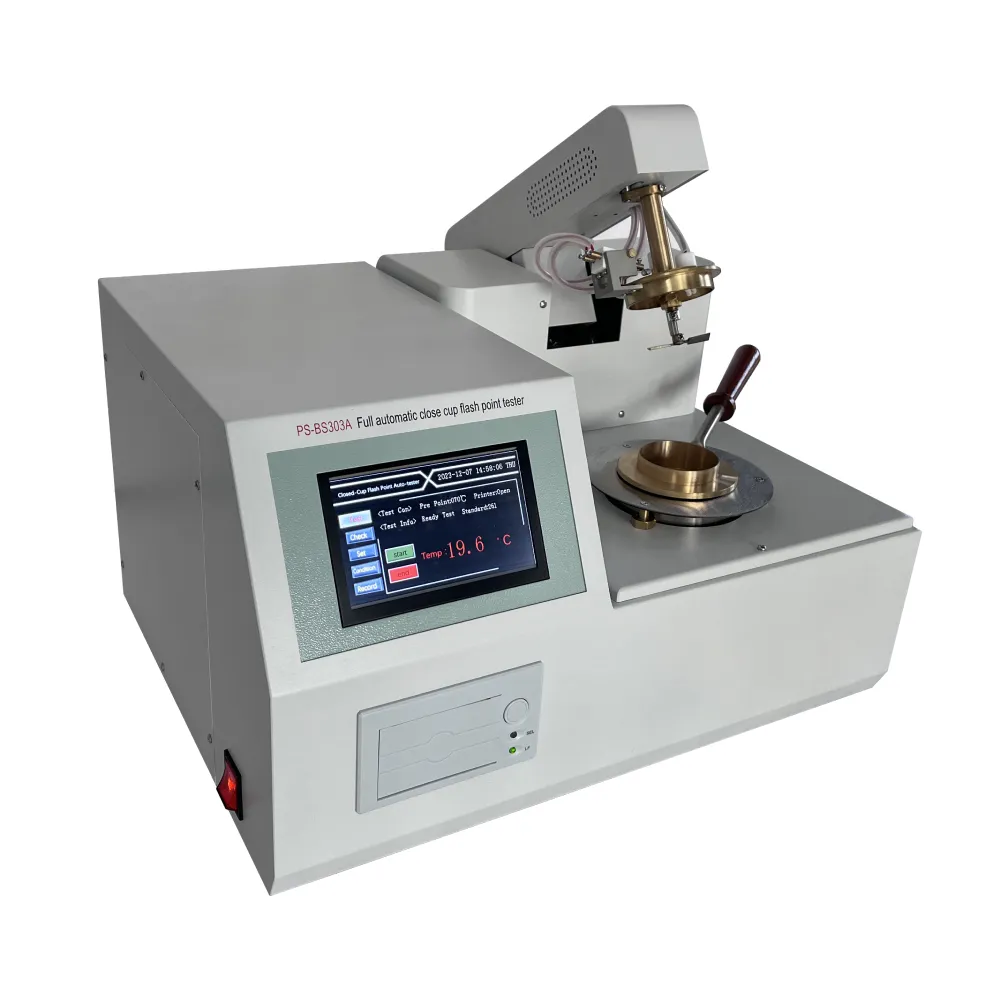 English
English


Application of Gas Chromatography in Mud Logging for Enhanced Hydrocarbon Detection and Analysis
Understanding Mud Logging and Gas Chromatography in Oil and Gas Exploration
In the oil and gas industry, the exploration and drilling phases are critical for identifying potential hydrocarbon resources. Among the various techniques employed, mud logging and gas chromatography play pivotal roles in the evaluation of subsurface formations. This article aims to explore how these two concepts are interconnected and their significance in the exploration process.
Mud Logging An Overview
Mud logging is the practice of monitoring and recording geological and drilling data during the drilling of a well. The term mud refers to drilling mud, which is a fluid mixture used to facilitate the drilling process. This fluid serves multiple functions it cools the drill bit, transports rock cuttings to the surface, and maintains pressure in the wellbore.
Mud loggers collect data such as the rate of penetration, lithology, gas levels, and the presence of hydrocarbons in real-time. By analyzing rock cuttings brought to the surface, mud loggers can deduce the types of geological formations encountered, allowing them to make informed decisions about the drilling process. Understanding the gas content within the drilling mud is particularly critical, as it can indicate the presence of hydrocarbons.
The Role of Gas Chromatography
Gas chromatography (GC) is a powerful analytical technique used to separate and analyze compounds that can be vaporized without decomposition. In the context of mud logging, gas chromatography is employed to analyze the gas components present in the drilling mud. This includes light hydrocarbons such as methane, ethane, propane, and butanes, which are important indicators of the presence of oil and gas deposits.
mud logging gas chromatography

When gas is detected in the mud, it is channeled into a gas chromatograph device for analysis. GC provides precise measurements of the different hydrocarbons’ concentrations, which helps in evaluating the potential yield of a well. The results of gas chromatography enable geologists and engineers to determine if the well is worth further investment and exploration.
Interconnection of Mud Logging and Gas Chromatography
The synergy between mud logging and gas chromatography is evident in how they complement each other. Mud logging provides initial data on gas shows, while gas chromatography offers detailed compositional analysis. These two processes combined enhance the accuracy of geological interpretations and optimize drilling operations.
One of the key advantages of integrating gas chromatography into mud logging is the ability to quickly assess the potential of a well. When an increase in gas concentration is observed during drilling, immediate analysis via gas chromatography can provide insights into what type of hydrocarbon is present. This real-time assessment helps drilling crews adjust their strategies, whether that means continuing to drill, changing drilling parameters, or even stopping operations altogether if the hydrocarbon potential is deemed insufficient.
Moreover, the data produced through both mud logging and gas chromatography contribute to a more extensive geological model of the area. This not only aids in the current drilling project but also supports future exploration initiatives, allowing for a better understanding of the subsurface geology and hydrocarbon distribution.
Conclusion
The integration of mud logging and gas chromatography is invaluable in the oil and gas exploration industry. As the demand for energy continues to grow, the efficiency gained from these technologies will be paramount in discovering and utilizing hydrocarbon resources effectively. By accurately interpreting subsurface data and characterizing gas compositions, companies can minimize risks, enhance productivity, and make informed decisions that ultimately lead to successful exploration and extraction efforts.
-
Differences between open cup flash point tester and closed cup flash point testerNewsOct.31,2024
-
The Reliable Load Tap ChangerNewsOct.23,2024
-
The Essential Guide to Hipot TestersNewsOct.23,2024
-
The Digital Insulation TesterNewsOct.23,2024
-
The Best Earth Loop Impedance Tester for SaleNewsOct.23,2024
-
Tan Delta Tester--The Essential Tool for Electrical Insulation TestingNewsOct.23,2024





